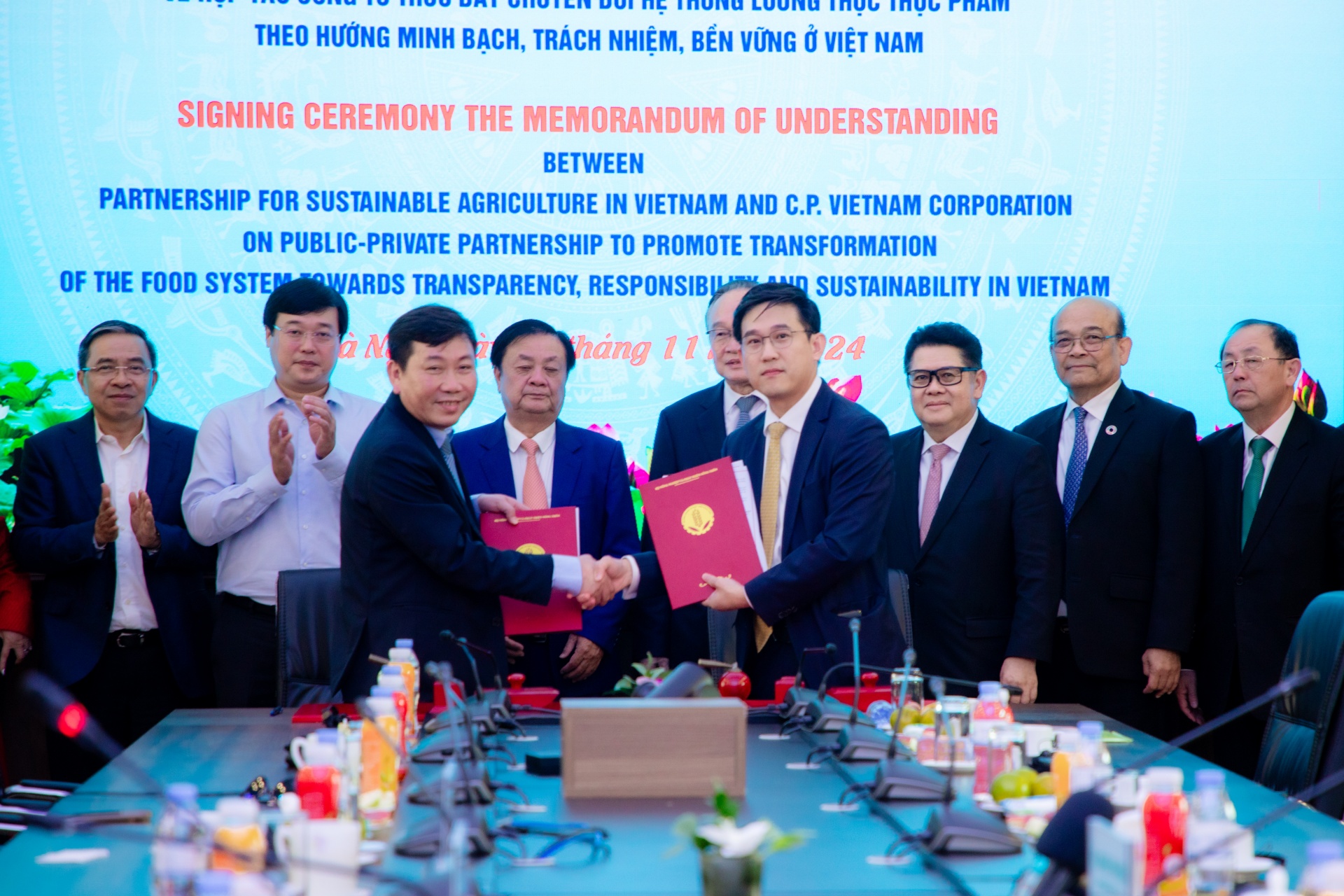Raising quality of healthcare
 |
| Minister of Health Nguyen Thi Kim Tien |
The healthcare sector posted significant achievements in 2018. What were the highlights in the management of the quality of drugs during the year?
Last year, the sector has made many achievements in the management of drug quality. For the first time, the sector successfully achieved a very hard task: connecting drugstores with authorised managers. This now enables us to supervise prices, expiry dates, the quality of drugs and their origins.
Also for the first time, we conducted price negotiations for drugs at tenders, thus helping decrease prices.
During the year, the Ministry of Health (MoH) intensified the inspections of medicine trading and production units and drugstores, and issued strict penalties to those caught red-handed. Thus, the ratio of low-quality drugs has dropped in recent years from 2.38 per cent in 2014 to 2 per cent in 2015, 1.98 per cent in 2016, 1.59 per cent in 2017, and 1.4 per cent in 2018.
There are, however, still shortcomings. While demand for local examination and treatment tend to grow. The price of medicine and machines are as high as in other countries.
What are the MoH’s key tasks for 2019 to manage the pharmaceutical market to better control drug prices and quality?
This year, one of our priority tasks will be to increase the quality of examination and treatment services, reduce hospital overload, and develop green hospitals. The other will be to better control the price of medicine, while ensuring quality and a stable supply of pharmaceuticals.
We now focus on the completion of legal documents on pharmaceuticals. Especially, we plan to issue about six circulars and one decree this year to guide the implementation of the Law on Pharmacy 2016.
We will also intensify the assessment of the good manufacturing practices (GMP) of foreign-invested drug production units, while assessing the EU-GMP and PIC/s-GMP for domestically-run drug production units. We will also co-operate with relevant agencies to control the market.
The sector will intensify rigorous inspection of the management of drug prices, innovate the process of granting drug registration certificates for circulation, as well as intensify inspections and examinations.
With strong efforts and bold actions to increase the quality of examination and treatment, the healthcare sector has become increasingly attractive. What solutions will you use to revert the trend of going abroad for treatment, thus curbing the drain of money from the economy?
In 2018, the quality of examination and treatment has been improved by a great deal, making the healthcare sector more attractive and winning the confidence of more non-Vietnamese patients.
Vietnam now has the advantage to attract patients. Hospitals in Vietnam now can offer high-tech treatment. For example, Vietnam has made great successes in traditional medicine, and laparoscopy surgery, and for the first time Vietnamese surgeons successfully conducted a lung transplant.
The quality of examination and treatment has also been greatly improved, with more hospitals earning a high satisfaction index of over 90 per cent. The general hospitals of Can Tho, Quang Ninh, Bac Ninh as well as National Geriatric Hospital are just some of the names to mention.
However, there are still some shortcomings that we are trying to address. The quality standard for grassroot clinics have yet to be met due to underdeveloped infrastructure, under-trained staff, and lack of finances, thus failing to win the confidence of locals.
This year, one of our priorities will be to improve small community hospitals to satisfy the everyday medical needs of families and to further increase the quality of examination and treatment, reduce hospital overloads, and develop green hospitals.
We will continue to improve the quality at commune- and district-level hospitals, including developing infrastructure, increasing the staff’s capacity, bettering financial mechanisms, and others, to win locals’ confidence. Meanwhile, central hospitals should focus on high-tech, and intensify customised services to be able to deal with more complex treatment needs.
To do this, we aim to curb the drain of money that goes to overseas treatment, thus helping local hospitals to reinvest in the sector.
What the stars mean:
★ Poor ★ ★ Promising ★★★ Good ★★★★ Very good ★★★★★ Exceptional
Themes: Healthcare
Related Contents
Latest News
More News
- Nha Trang Bay submarine services pilot programme extended to next March (October 08, 2024 | 15:45)
- Swing for the Kids scholarship motivated by beneficiary’s kindness and maturity (October 08, 2024 | 12:35)
- Inflation takes focus to circumvent typhoon impact (October 04, 2024 | 17:06)
- Hanoi sets sights on becoming innovation hub (October 02, 2024 | 10:00)
- Experts discuss dengue fever prevention in Vietnam (October 01, 2024 | 17:04)
- Vietnam’s economy on track for 6.5 per cent growth despite Typhoon Yagi, says HSBC (October 01, 2024 | 16:46)
- IMF predicts Vietnam's economic growth to reach 6.1 per cent in 2024 (September 30, 2024 | 18:26)
- ADB approves $2 million to support Yagi response (September 27, 2024 | 20:13)
- Accuracy more vital than ever in dawn of AI (September 26, 2024 | 20:44)
- Navigating business journalism in a new era (September 26, 2024 | 20:34)



 Tag:
Tag:





















 Mobile Version
Mobile Version